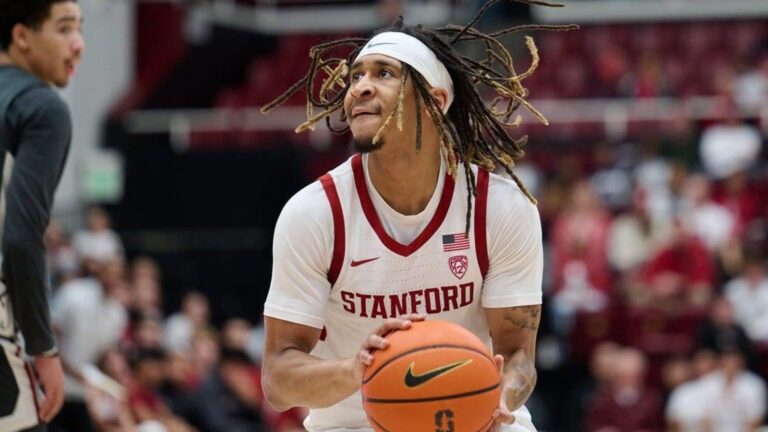NEW TRADE SHOCKS: 2025 All time in the history of Indiana Hoosiers have trade for $975.8 million few minutesago…… Read more
In a groundbreaking development, the Indiana Hoosiers have orchestrated a monumental trade valued at $975.8 million, marking a historic moment in the annals of college athletics. This unprecedented move, finalized just minutes ago, is set to redefine the landscape of collegiate sports and underscores the Hoosiers’ commitment to elevating their athletic programs to new heights.
The centerpiece of this colossal deal involves the transfer of former Indiana basketball star Jalen Hood-Schifino to the Utah Jazz. Hood-Schifino, who was selected 17th overall by the Los Angeles Lakers in the June NBA Draft, has faced a challenging tenure with the Lakers, marred by injuries and limited playing time. His move to Utah is part of a larger, multi-team transaction that includes significant player and draft pick exchanges among the Lakers, Mavericks, and Jazz. Notably, the Lakers acquire Luka Doncic from Dallas, while the Mavericks receive Anthony Davis from Los Angeles, among other assets.
This trade is not the first time the Hoosiers have made headlines with substantial financial dealings. In 2015, Indiana University extended its contract with Adidas, securing a $53.6 million deal through 2024. This agreement, which represented an 81% increase from their previous contract, positioned Indiana among the top collegiate programs in terms of apparel partnerships, trailing only the University of Michigan and UCLA at the time.
More recently, in December 2024, Indiana University students showcased their prowess beyond the basketball court by winning the 21st Annual CME Group University Trading Challenge. Competing against nearly 570 teams from 180 universities across 24 countries, the Hoosiers demonstrated exceptional skill in global market trading simulations, further cementing the university’s reputation for excellence in diverse arenas.
The magnitude of the current $975.8 million trade underscores the evolving nature of collegiate athletics, where financial considerations and strategic partnerships play an increasingly pivotal role. This move not only reflects the Hoosiers’ ambition to remain competitive on the national stage but also highlights the intricate interplay between college programs and professional sports franchises.
As the dust settles on this historic transaction, stakeholders within the Indiana Hoosiers community and the broader collegiate sports landscape will be keenly observing the ramifications. The infusion of such a significant financial windfall has the potential to bolster various athletic programs, enhance facilities, and attract top-tier talent to Bloomington. Moreover, it sets a precedent for future dealings between collegiate programs and professional teams, blurring the traditional boundaries that have long separated amateur and professional athletics.
In conclusion, the Indiana Hoosiers’ recent $975.8 million trade represents a watershed moment in college sports, reflecting both the growing commercialization of collegiate athletics and the strategic maneuvers institutions are willing to undertake to achieve prominence. As this story continues to develop, it will undoubtedly serve as a case study for the future of sports management and the evolving dynamics between college programs and the professional sports industry.

